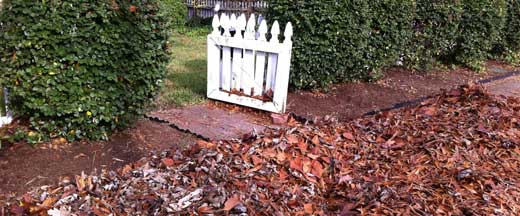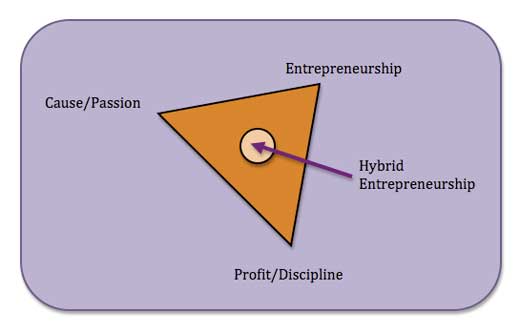It is my belief that we will see more mini-documentaries this year than in years past. Why, because the “Social Space” has provided a bigger platform to distribute content and a focus on the community voice is ever so prevalent.
In 2010, AT&T launched a campaign to educate consumers about the dangers of texting while driving. This video was shot as a short documentary, capturing the stories of those most effected by this social concern. What better way to bring the consumer to a place to see right into the heart of the issue than a documentary style video.
With YouTube being one of the Top Three search engines along with the platform to deliver high quality content, this video has been viewed over 570K times. That is an amazing touch point to so many consumers of information, people are embedding this video in Facebook, their blogs, and numerous other places.
Documentary style storytelling is a way to provide a journalistic approach to content delivery, providing a view-point directly from those whom are most effected by the mission of the video. Many traditional ad firms shy away from this approach, becuase it is harder to control the message…supposedly. You can’t script responses, you can’t shot-sheet and storyboard real life action and reaction. The ethical approach to telling this type of story has a whole new approach. Most documentary style storytellers shy away from script writing, not using “voice over” to connect the micro messages of the soundbites. Most try to take a more extreme position allowing the people in the documentary to completely tell the story. The only way to guide the message is do a good job of asking the appropriate questions to find the best responses, weaving them together to tell the story.
Look at ESPN’s 30 for 30 Series. It has empowered 30 storytellers to bring a passion to the screen by telling 30 stories. As stated by ESPN, “An unprecedented documentary series featuring thirty films from some of today’s finest storytellers. Each filmmaker will bring their passion and personal point of view to their film detailing the issues, trends, athletes, teams, rivalries, games and events that transformed the sports landscape from 1979 to 2009.”
This series can be seen on ESPN, but also online not only at the 30 for 30 website. Consumers can share the videos by links and embed codes, empowering consumers to take part in the storytelling process. A community of messages sharing by a community of consumer advocates. But what is even greater, each one is produced by a different documentary storyteller with complete creative enterprise…empowering the documentary approach to the collective story. Each one has a different style, a different approach, a different story…communities telling rich stories.
Think back to 2002 when Michael Moore released Bowling for Columbine attacking one issue that is near and dear to the hearts of Americans…guns. This documentary not only inspired many Americans to think about the horrible tragedy of Columbine but attribute a national conversation wrapped around the influence of gun laws in the American fabric. But the other thing this documentary inspired, that anyone with a camera, a vision, and a passion to tell a story can achieve the national spotlight with a powerful message.
By the way, Bowling for Columbine won the 55th Anniversary Prize at the Cannes Film Festival in 2002 and an Oscar at the Academy Awards for Best Documentary in 2003. Talk about taking a message to a national spot light. It not only influenced millions of viewers/consumers but also the critics at large. You can see all the other awards that Bowling for Columbine won here on IMDb’s website.
So why will 2011 be a year of documentaries, well more and more cameras and technology have become affordable, compound that with the distribution platofrms like YouTube, Vimeo, Facebook, blogs, Twitter, and the list goes on. The critical point of content creation and content delivery is coming to it’s true apex providing the means and opportunity to touch more hearts and minds than CBS’s 60 Minutes. BTW, that is one of my all time favorite storytelling, magazine shows still in existence!
We are seeing more and more content created with the iPhone4, Flip Cameras, Canon EOS Cameras…quality content that is being integrated into bigger productions. If you look at the video below, this was shot with a Canon EOS 7D DSLR…yes, a camera for photos!
But what makes this even more a reason why we will see more documentaries this coming year, we as a community of advocates have truely found and understood the social space. This social space has began to break down traditional means to tell stories, providing more community voices to tell big brand messages. This is the heart of the documentary approach, many voices in one story told conhesively for the consumers at large to watch and derive, project, and discuss their own point of view.










